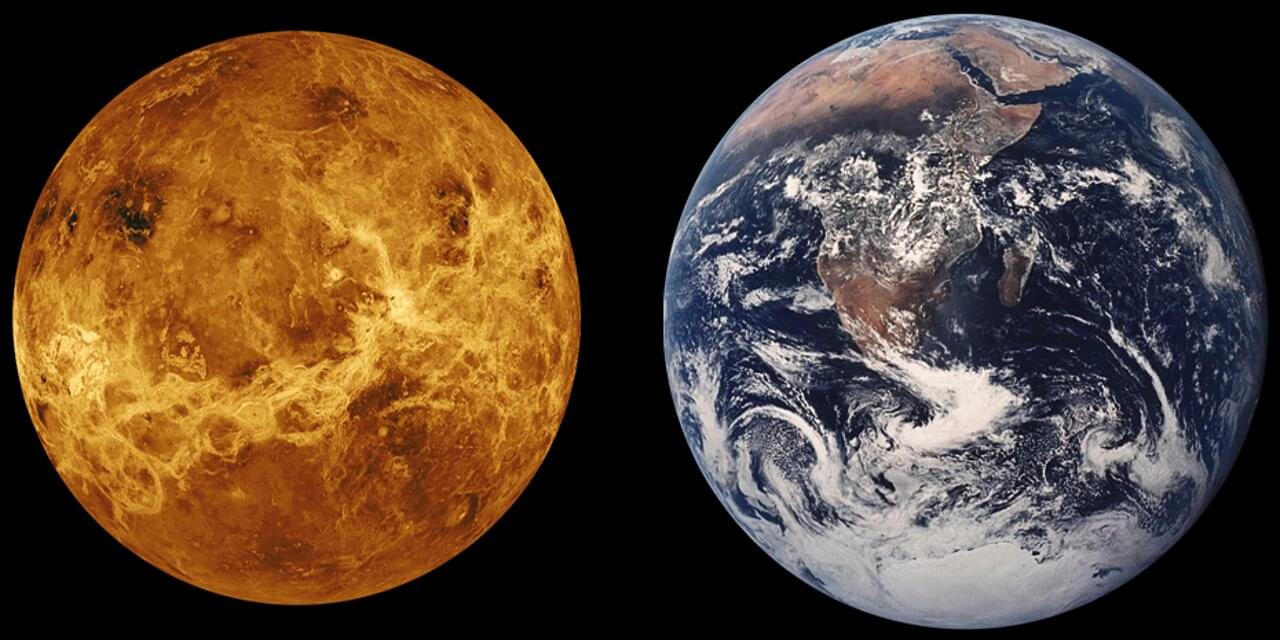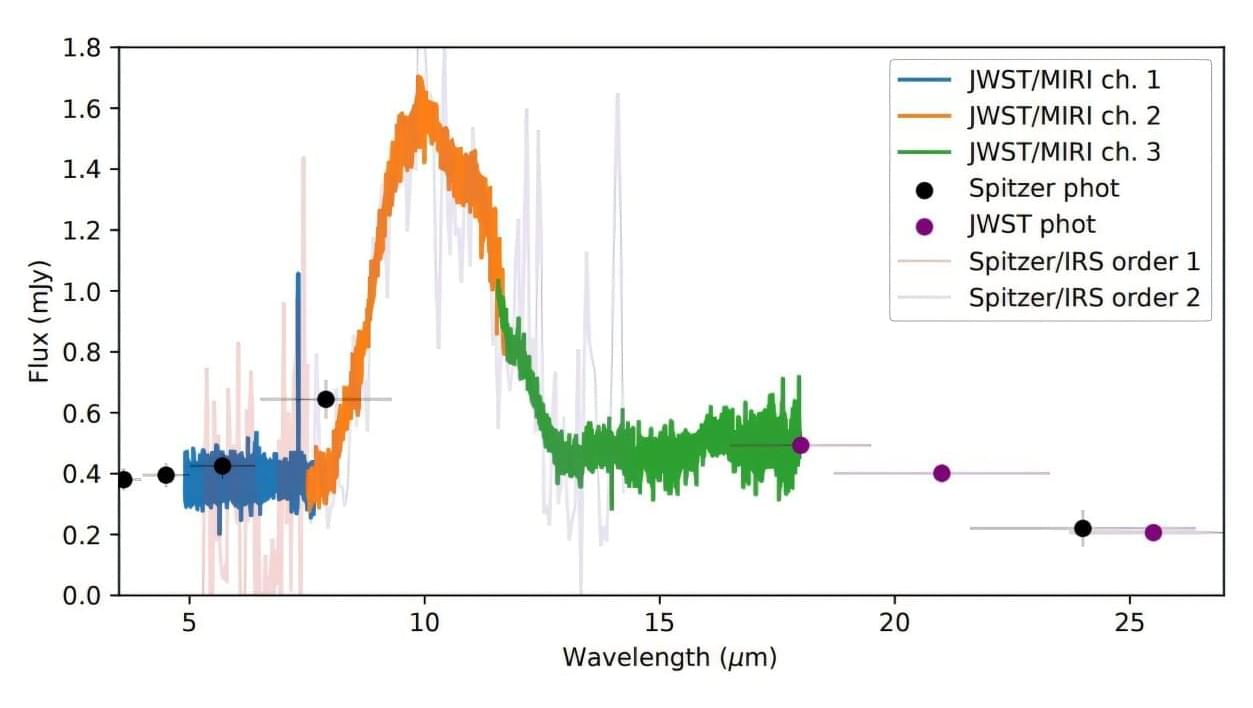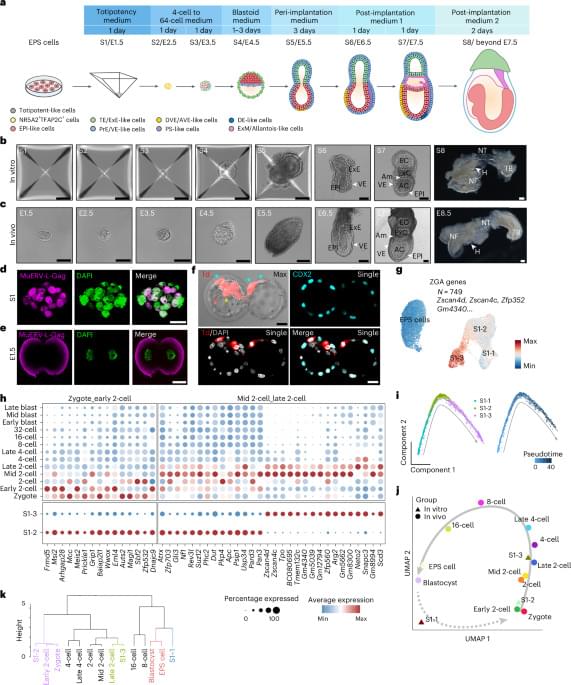A new study led by UNLV scientists sheds light on how planets, including Earth, formed in our galaxy—and why the life and death of nearby stars are an important piece of the puzzle.
In a paper published in the Astrophysical Journal Letters, researchers at UNLV, in collaboration with scientists from the Open University of Israel, for the first time, modeled details about how the timing of planet formation in the history of the galaxy affects planetary composition and density. The paper is titled “Effect of Galactic Chemical Evolution on Exoplanet Properties.”
“Materials that go into making planets are formed inside of stars that have different lifetimes,” says Jason Steffen, associate professor with the UNLV Department of Physics and Astronomy and the paper’s lead author.









